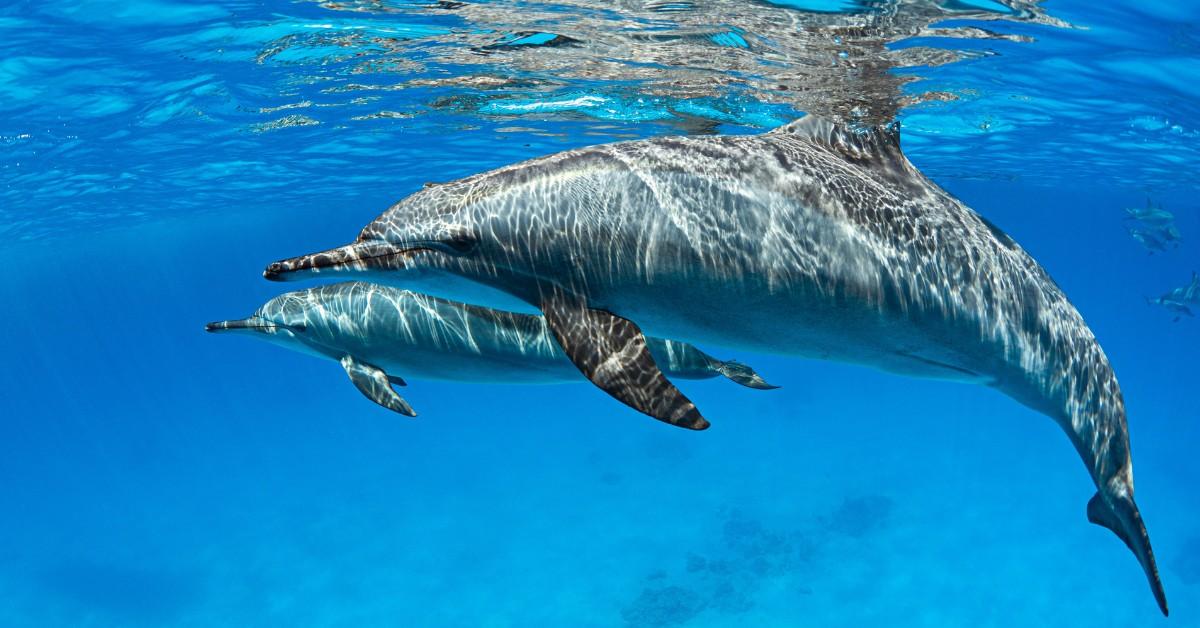Study Finds Evidence of Microplastics in Dolphin Breath — Here's Why This Is Concerning
Samples collected from more rural regions also contained evidence of microplastics.
Published Oct. 17 2024, 12:15 p.m. ET

Microplastics are tiny pieces of plastic pollution found in everything from our water supply to the human brain. The substances can range in size, but they are typically smaller than 5 millimeters, and can come from large bits of plastic that have broken down over time or from bits of plastic shed from synthetic fibers.
While many experts claim that microplastics are ubiquitous, it still comes as a bit of a shock whenever they're found somewhere unusual.
That sense of surprise is likely the reason an Oct. 16, 2024 report in the journal Plos One is making headlines after it was discovered that microplastics had been found in dolphins.
Researchers say it's not just the body of the dolphin contaminated by the pollutant, but it's also the air exhaled by the mammal, raising questions about whether or not microplastics have become airborne.

A study finds the presence of microplastics in dolphin breath.
According to the report published by Plos One, U.S. researchers have discovered that the exhaled breath captured by dolphins studied in the populated Sarasota Bay, Florida, and the far more rural waters of Barataria Bay, Louisiana, contained microplastics.
Eleven bottlenose dolphins were observed between the two locations, and each of them tested positive for the pollutant.
One of the co-authors of the report broke down the findings for The Guardian, explaining the importance of the discovery.
“Microplastic inhalation in humans is a budding field, but there have been few studies in wildlife," Leslie Hart said. “The fact that dolphins have a much larger lung capacity and are taking deep breaths may mean they are exposed to higher doses of microplastics than humans.”
Hart has studied dolphins for a decade, including the plastic pollution they're exposed to. As such, Hart feels confident in suggesting that this discovery means that microplastics are being spread through the air.
As for what the airborne spread of microplastics means when it comes to the health and wellbeing of the animals breathing that air, well it sounds like Hart and her colleagues may still have more research and studying left to do.
Many of the microplastic particles that were found were polyester.
The main culprit behind the microplastics seemed to be polyester. Synthetic fabric is used in the manufacturing of clothes and other items, and it's primarily made from plastic.
As such, polyester is known to be a big plastic shedder, and these types of fibers can produce a large number of microplastics simply by being tossed in the washing machine, according to The Guardian.
If you're looking to shop more eco-consciously to help reduce the amount of microplastics put into the environment, you may consider trying alternatives to polyester fabrics.
Natural fabrics, like wool and cotton, are less likely to shed microfibers into the environment upon washing, which may make them a good option for anyone looking to make the change.